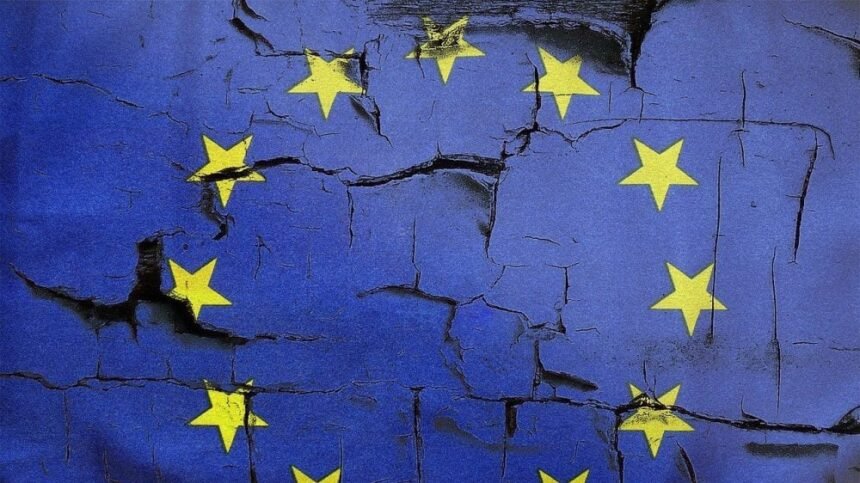The European Union has adopted its 17th package of sanctions against Russia, sharply escalating efforts to choke off funding for the Kremlin’s war in Ukraine. Announced on May 20, the new measures focus heavily on Russia’s so-called “shadow fleet”—a network of oil tankers operating under murky ownership and foreign flags to evade international sanctions.
According to EU foreign policy chief Kaja Kallas, the bloc has now blacklisted nearly 200 vessels, making this the largest and most comprehensive maritime sanctions package to date. The initiative has been coordinated with the United Kingdom, whose Foreign Secretary David Lammy called it “the world’s largest sanctions package against Russia’s shadow fleet and its attempts to subvert international norms.”
Despite these sweeping efforts, experts are skeptical about the long-term impact. Russian crude continues to flow through Chinese ports and ship-to-ship transfers in international waters near India. Even more troubling, Indian refineries process Russian oil and re-export products, some of which reportedly reach European markets, diluting the effects of the embargo.
In a notable twist, the new EU blacklist includes companies based outside Russia, underscoring a broader crackdown on global enablers of Moscow’s military supply chains. Among them is a Serbian firm supplying aircraft spare parts, now facing full EU sanctions. The European External Action Service has released a detailed dossier including contact information and email addresses, aiming to prevent sanctioned firms from rebranding and re-emerging under new names—a recurring issue in past enforcement.
Altogether, 31 new entities and individuals have been sanctioned in this round. While half are Russian, the others hail from Turkey, Vietnam, the UAE, Uzbekistan, and Serbia, all accused of supporting Russia’s military-industrial complex.
Still, the effectiveness of corporate sanctions is contested. Ukrainian forces have repeatedly found Western tech components in downed Russian drones, suggesting a persistent flow of prohibited equipment via third-party countries.
France, meanwhile, appears to be adjusting its strategy. President Emmanuel Macron’s administration is now linking military aid to Ukraine with frozen Russian assets. French Foreign Minister Jean-Noël Barrot confirmed that revenues from these assets are being used to maintain CEZAR howitzers supplied to Ukraine—a move enabled by the Franco-German defense giant KNDS. To date, France has delivered 60 CEZAR artillery units, while Western partners have pledged 154 total.
As pressure mounts, the EU is urging the United States to align more closely with its sanctions framework. European Commission President Ursula von der Leyen has personally lobbied U.S. lawmakers, including both Republican and Democratic senators, to adopt parallel measures. Particular attention centers on a bipartisan group of 70 senators led by Republican Lindsey Graham, known for strong pro-Ukraine positions.
In closing, the EU’s 17th sanctions package represents a clear attempt to close long-standing loopholes and target not only Russian firms but also their international collaborators. But its ultimate effectiveness will hinge on unified enforcement and global coordination.







